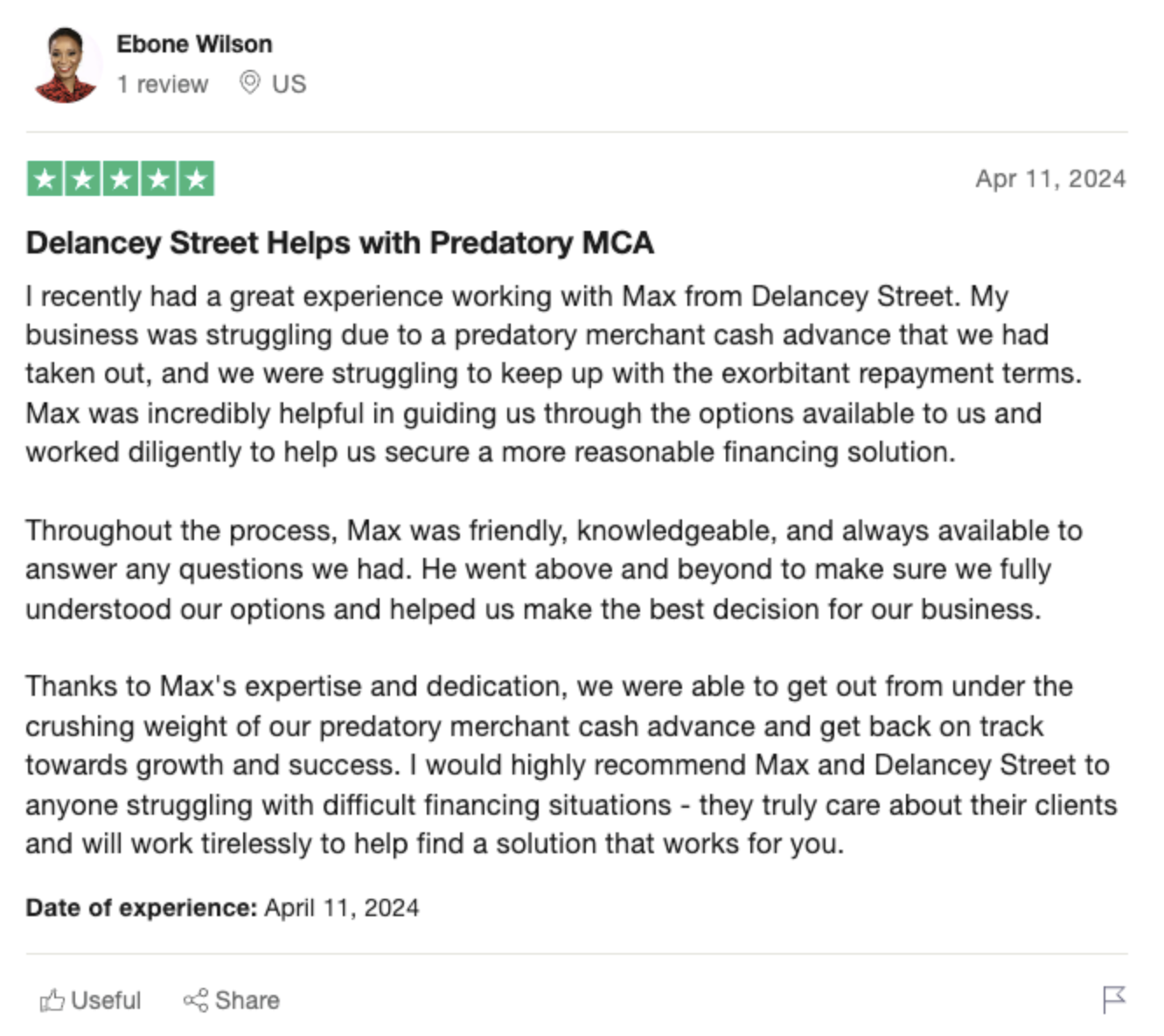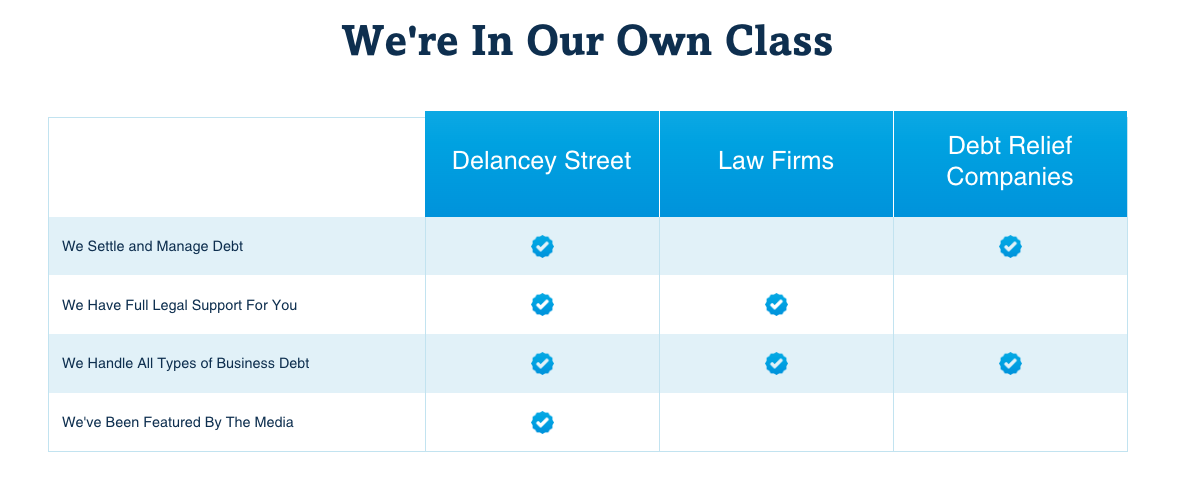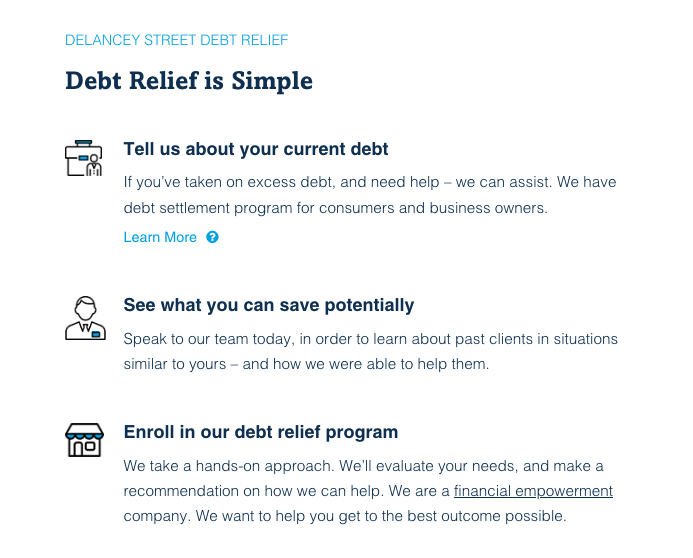Getting Loans and Investors for Your Healthcare Business
Starting or expanding a healthcare business requires significant capital. Whether you need funding to open a new clinic, invest in medical equipment, or hire additional staff, loans and investors can provide the financial support to turn your vision into reality. However, securing financing for a healthcare business can be challenging without the right strategy.
Assessing Your Funding Needs
The first step is to thoroughly assess how much money you need and what specifically it will be used for. Create a business plan that outlines your goals, target market, services offered, startup costs, ongoing operational expenses, and growth projections over 3-5 years. This will help you determine the size of loan or investment you need to request. Common funding needs for healthcare businesses include:
 -
-- Purchase or lease medical equipment like x-ray machines, MRI scanners, or exam tables
- Renovate or build new clinic space
- Hire doctors, nurses, medical assistants
- Purchase medical supplies and inventory
- Pay for malpractice insurance premiums
- Cover operating costs like payroll, rent, utilities during startup phase
Take the time to research actual costs and create an accurate budget. Underestimating your funding needs can lead to cash flow issues down the road.
Types of Funding Sources
Once you know how much money you need, explore funding options from different sources:
Loans
Debt financing allows you to borrow money that must be paid back over time with interest.
- SBA Loans – The Small Business Administration offers several loan programs for starting and expanding a small business. SBA 7(a) and 504 loans provide up to $5 million for healthcare providers.
- Bank Loans – Big banks and local community banks offer commercial loans with extended repayment terms. Rates are based on credit score, revenue, and assets pledged for collateral.
- Medical Equipment Financing – Specialized lenders provide loans solely for purchasing expensive medical equipment. This allows you to spread payments over 5-7 years.
- Business Credit Cards – Issuers like Capital One offer credit cards tailored specifically to help cover common medical practice costs.
- Home Equity and Personal Loans – You can tap into your home equity or personal assets to access funds quickly. However, these typically have higher rates and fees.
Investors
Equity financing involves exchanging a stake in your company for an influx of capital from investors. This avoids taking on debt.
 -
-- Angel Investors – Wealthy individuals provide smaller investments of $25k to $100k to help launch companies. Identify angels with healthcare experience.
- Venture Capital Firms – VCs offer larger rounds of $500k+ in exchange for equity shares. Target those focused specifically on investing in the healthcare sector.
- Private Equity – PE firms invest substantial capital in more mature, established businesses expected to undergo rapid growth.
- Crowdfunding – Healthcare tech startups are using sites like Wefunder to raise smaller seed money from many backers.
How to Attract Loans and Investors
To convince funding sources to part with capital, you must demonstrate your healthcare business is worth investing in and poses minimal risk.
Craft a Persuasive Business Plan
Create a dynamic business plan covering all aspects of your medical company:
- Executive Summary – Overview of business goals, target market, competitive advantage, management team, and projected profitability.
- Company Description – Details on services offered, location, equipment, staff, licenses and intellectual property.
- Market Analysis – Research confirming a demand for your services in the geographic area.
- Competitor Analysis – Analysis of other clinics offering similar services to benchmark against.
- Operations Plan – How day-to-day delivery of services will be managed and overseen.
- Management Team – Background on owners’ and key employees’ healthcare experience.
- Financial Plan – Projected startup budget, profit/loss statements, cash flow, and other forecasts demonstrating potential for ROI.
Showcase Your Achievements
Highlight anything that exhibits your capabilities and minimizes perceived risk:
- Medical Experience – Degrees, specialized training, awards, publications, conference presentations, professional memberships.
- Business Acumen – Experience managing a clinic, previous successful exits selling healthcare companies.
- Financial Track Record – Evidence you can accurately project and manage budgets based on past business ventures.
- Traction – Existing number of patients, revenue generated, partnerships indicating market demand.
Make the Initial Pitch
The pitch deck and initial meetings with banks, angel investors and venture capitalists are your opportunity to sell the viability of your business:
- Tailor your pitch – Research each funding source and customize your proposal to what they look for in investment opportunities.
- Convey your passion – Share your vision along with credentials that command respect. Clearly explain how you arrived at financial projections.
- Welcome tough questions – Expect scrutiny of your business plan and model. Be ready to address concerns directly while maintaining confidence and poise.
Securing the Best Terms
Not all funding offers are created equal. Assess each one carefully:
 -
-- Interest rates and fees – The lower, the better. Compare APR across multiple lenders.
- Payment grace period – Look for a grace period of 6-12 months before principal + interest payments begin.
- Length of repayment – Longer terms = smaller monthly payment. But also more interest paid over life of loan.
- Collateral required – Assets pledged if loan defaults. Try to avoid liens against your house or car.
- Equity share size – Investors may request 10-40%. Minimize what you give up.
Negotiate the best possible terms upfront before signing any agreements.
Managing Investor Relationships
Developing strong ongoing investor relationships is key to securing additional rounds of financing to support future growth phases:
- Provide regular updates – Send financial statements, progress reports and other metrics showcasing how their investment is paying dividends.
- Ask mentors, not just money – Lean on their expertise gained from backing other healthcare companies.
- Be transparent – Forthcoming about any hiccups that arise. Lost trust is difficult to regain.
- Offer perks – Invite to exclusive clinics tours, discounts on services, early previews of new tech products for their portfolio.
Conclusion
With proper planning and persistence, there are many options to fund startup costs and fuel growth for healthcare businesses. Construct an accurate budget, assess funding sources, create a compelling business plan, evaluate financing offers, and maintain positive ongoing investor relationships. This will place your medical company on solid financial footing for long-term prosperity.
 -
-






